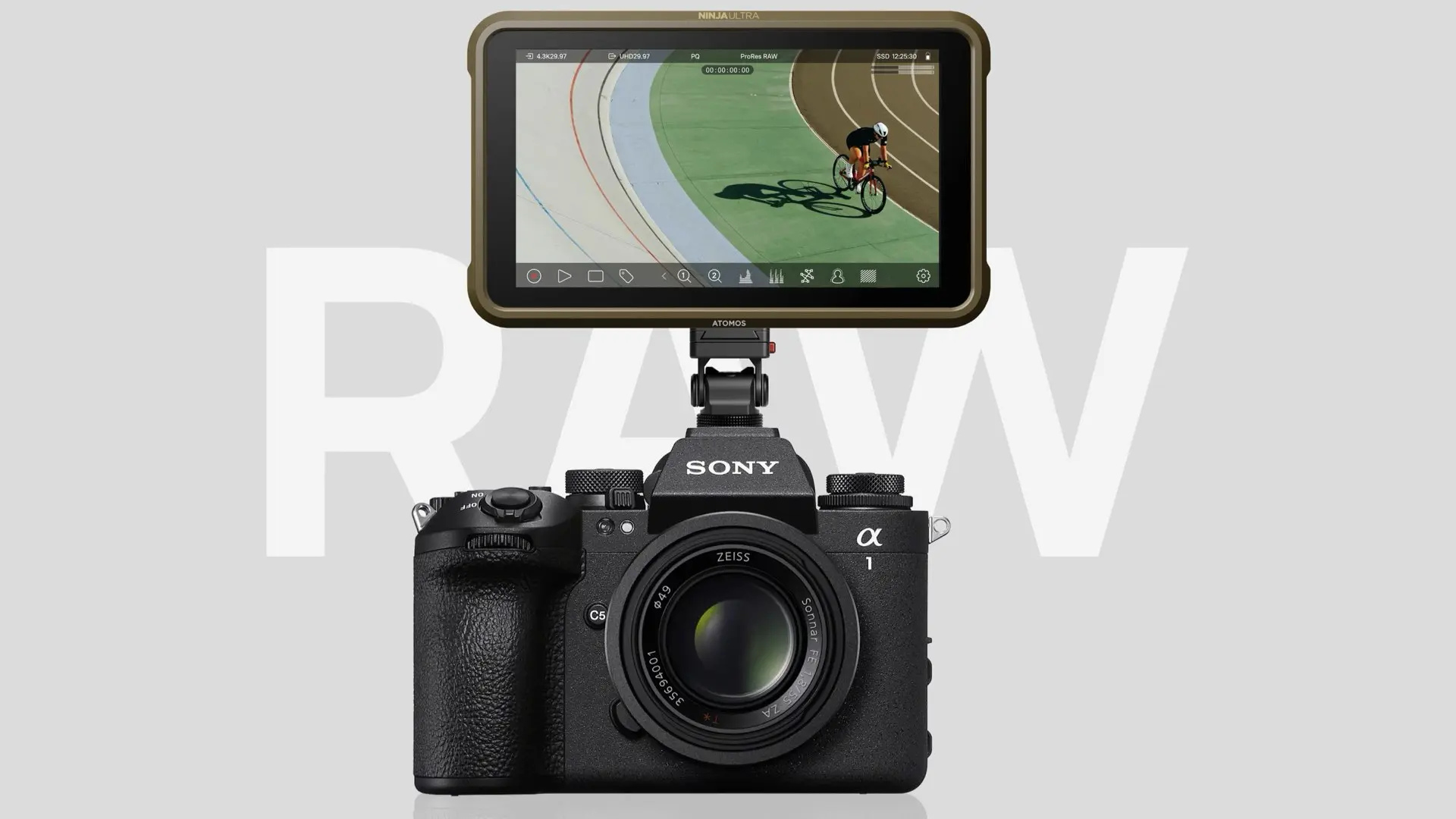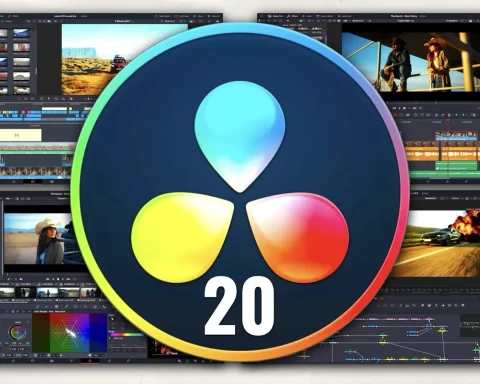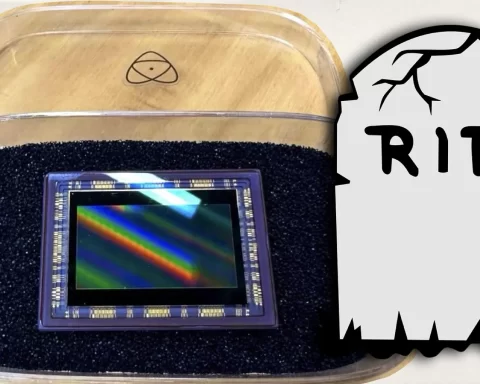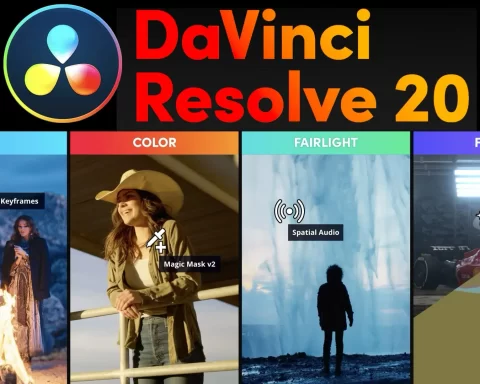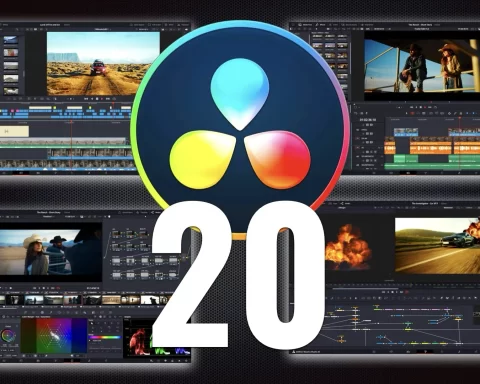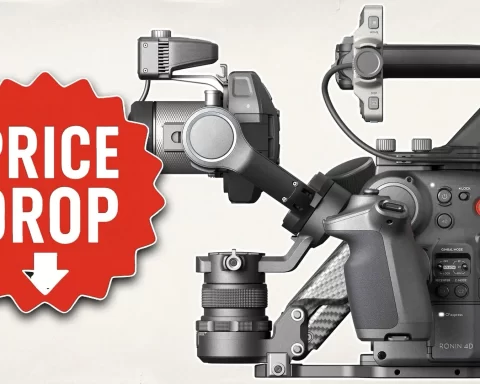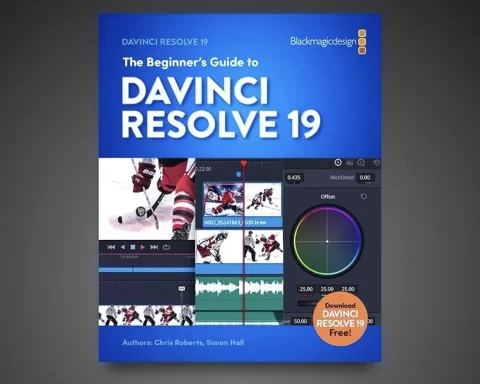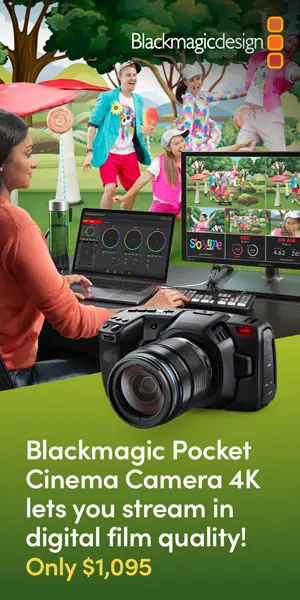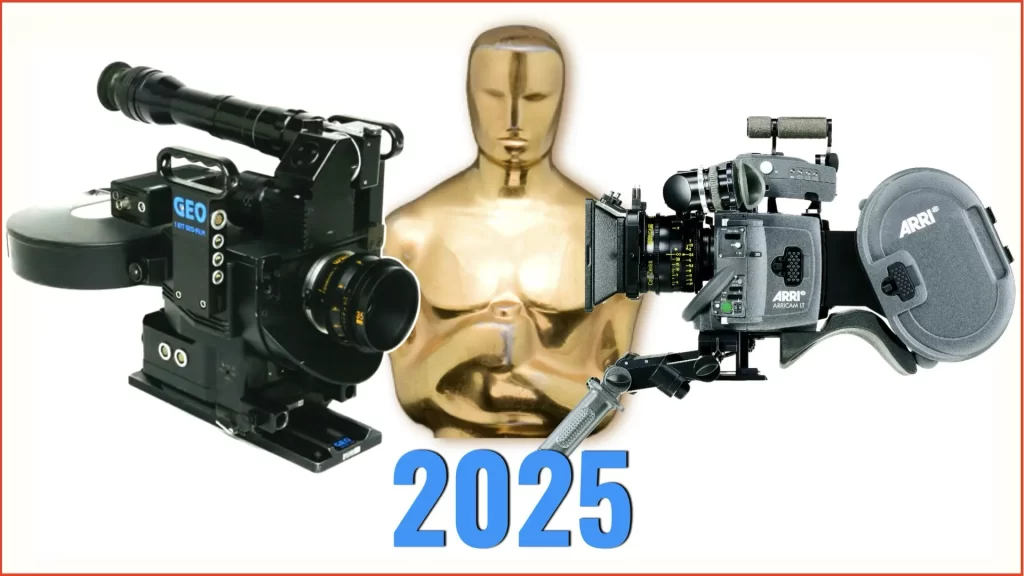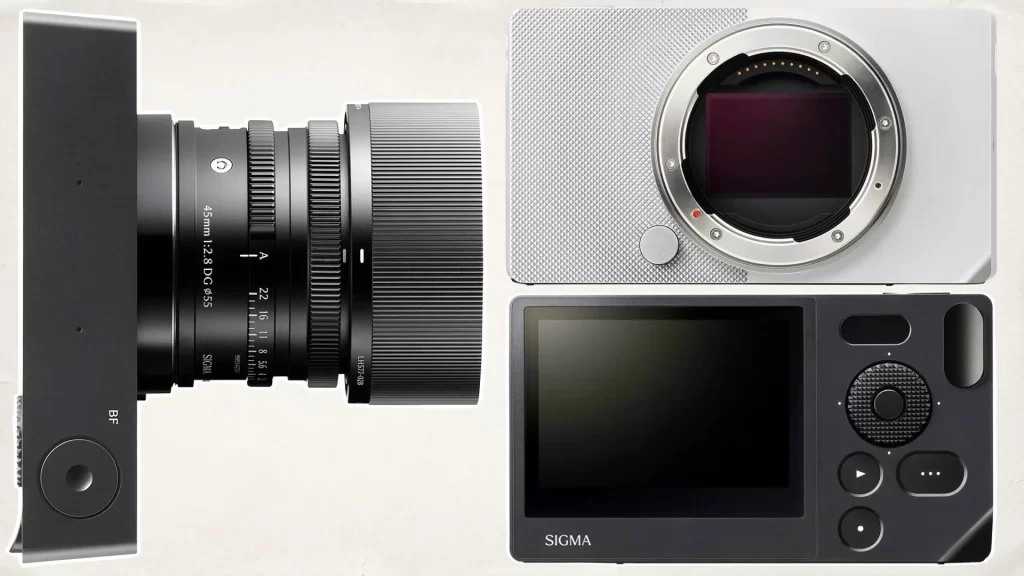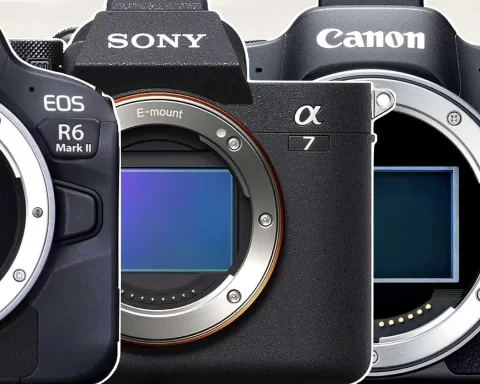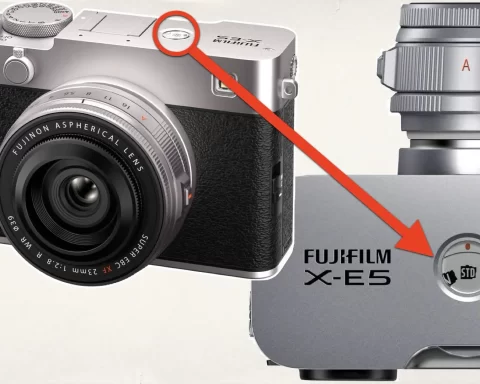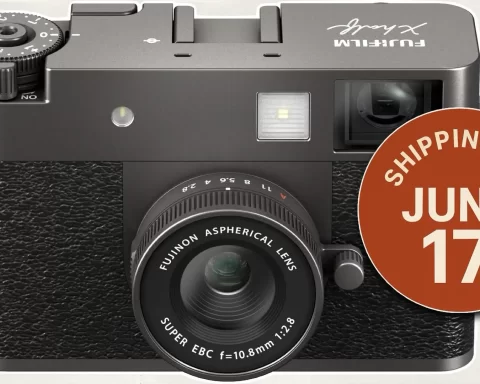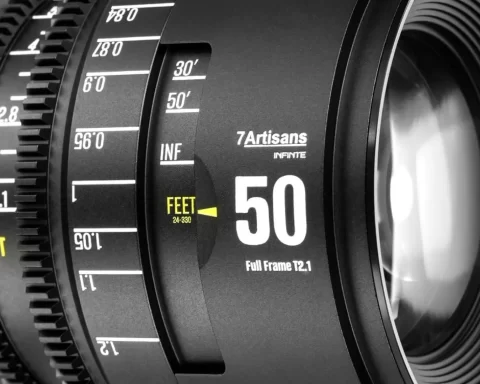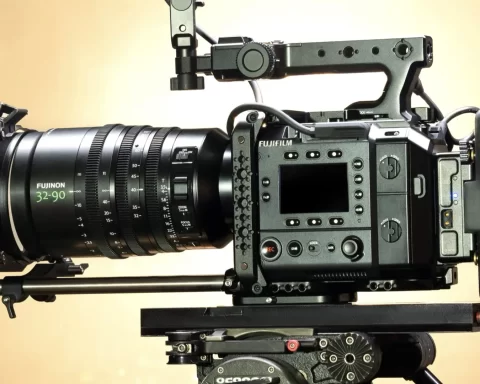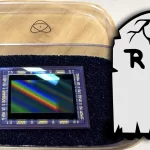Sony’s latest flagship camera, the Sony a1 II, has received a major upgrade: ProRes RAW recording over HDMI is now supported when paired with Atomos recorders. This means shooters can now capture 4.3K ProRes RAW at up to 59.94fps using the Ninja and Shogun series devices. To enable this functionality, users must download the 11.14.00 firmware update for the Ninja V/V+, Ninja, Ninja Ultra, Shogun Connect, Shogun, and Shogun Ultra from Atomos’s website. This development significantly enhances the Sony a1 II’s capabilities, positioning it as a more competitive choice in the professional video market. However, as we previously discussed in Sony a1 II: Yet Another Boring Flagship?, the camera itself did not introduce groundbreaking innovations. This new ProRes RAW capability may give the a1 II an edge it lacked upon launch.
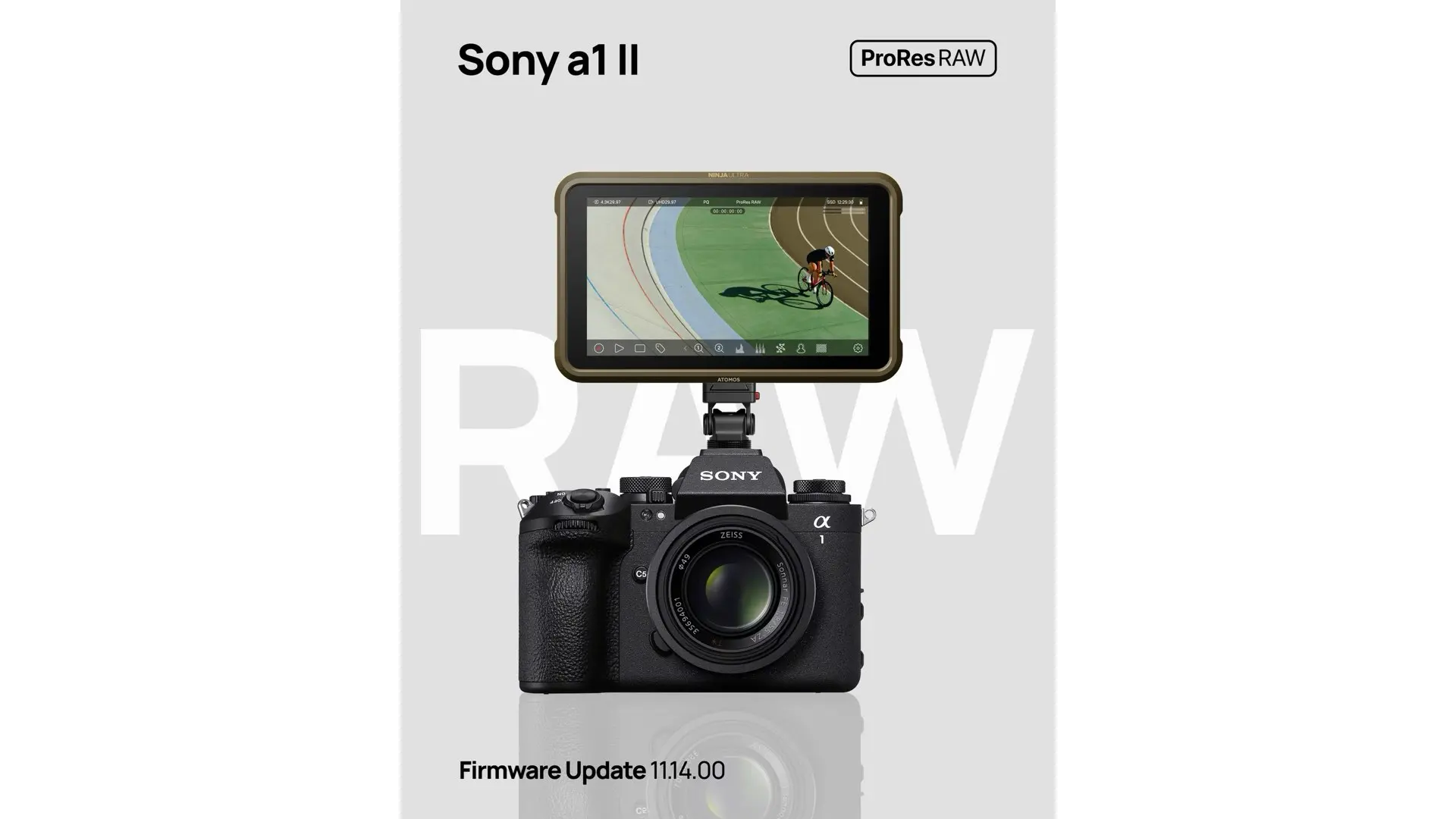
Why ProRes RAW Matters
ProRes RAW is Apple’s proprietary compressed RAW codec that offers filmmakers the flexibility of RAW video with the efficiency of ProRes. Unlike traditional RAW formats, ProRes RAW reduces file sizes while preserving dynamic range and color depth. This makes it a preferred format for high-end cinematography, especially in HDR workflows. The integration of ProRes RAW in cameras via external recorders is part of the broader compressed RAW revolution in the industry, as explored in The Compressed RAW Revolution. Atomos has been instrumental in this shift, enabling RAW capture on mirrorless and cinema cameras without requiring internal support from camera manufacturers. For the Sony a1 II, this means that shooters now have access to higher-quality footage, better post-production flexibility, and a streamlined workflow, especially for projects that require extensive grading and compositing.
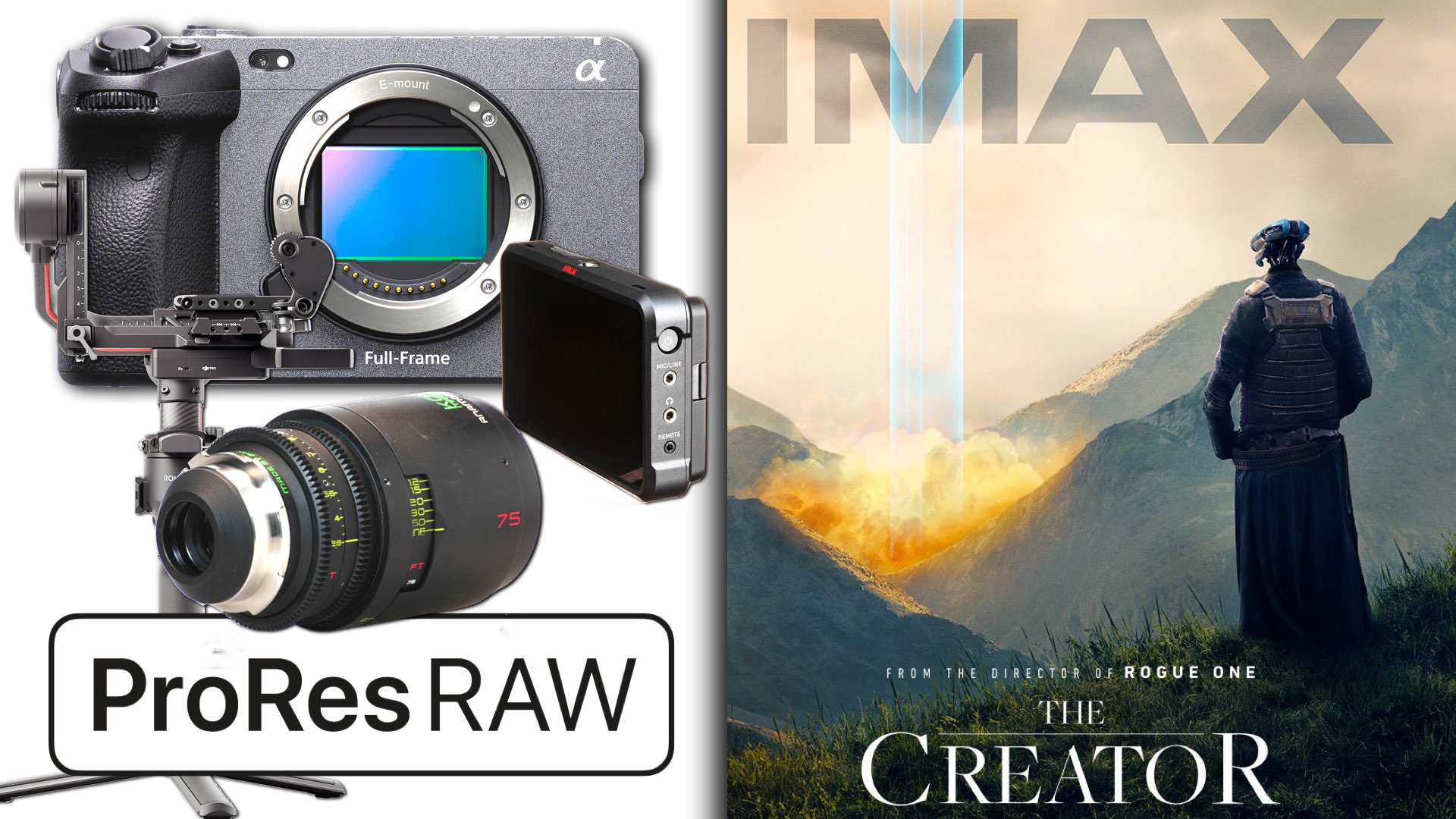
Advantages of ProRes RAW
- Better image quality than standard compressed formats (like H.264 or H.265)
- More control in post-production (adjustments to ISO, exposure, and white balance)
- Efficient compression that balances file size and quality
- Seamless integration with Apple’s Final Cut Pro and Adobe Premiere Pro
- HDR-friendly, making it ideal for modern workflows
Disadvantages of ProRes RAW
- Limited software support: DaVinci Resolve does not support ProRes RAW natively, forcing users to rely on workarounds
- Still requires external recorders since most cameras, including the a1 II, don’t offer internal ProRes RAW recording
- File sizes, while compressed, can still be demanding for storage and post-production systems
The lack of support in DaVinci Resolve, a dominant tool in professional color grading, remains a major drawback. This has fueled ongoing debates, such as those covered in BRAW vs ProRes RAW: Which Is Better?, where Blackmagic RAW (BRAW) is often preferred due to its native integration with Resolve.
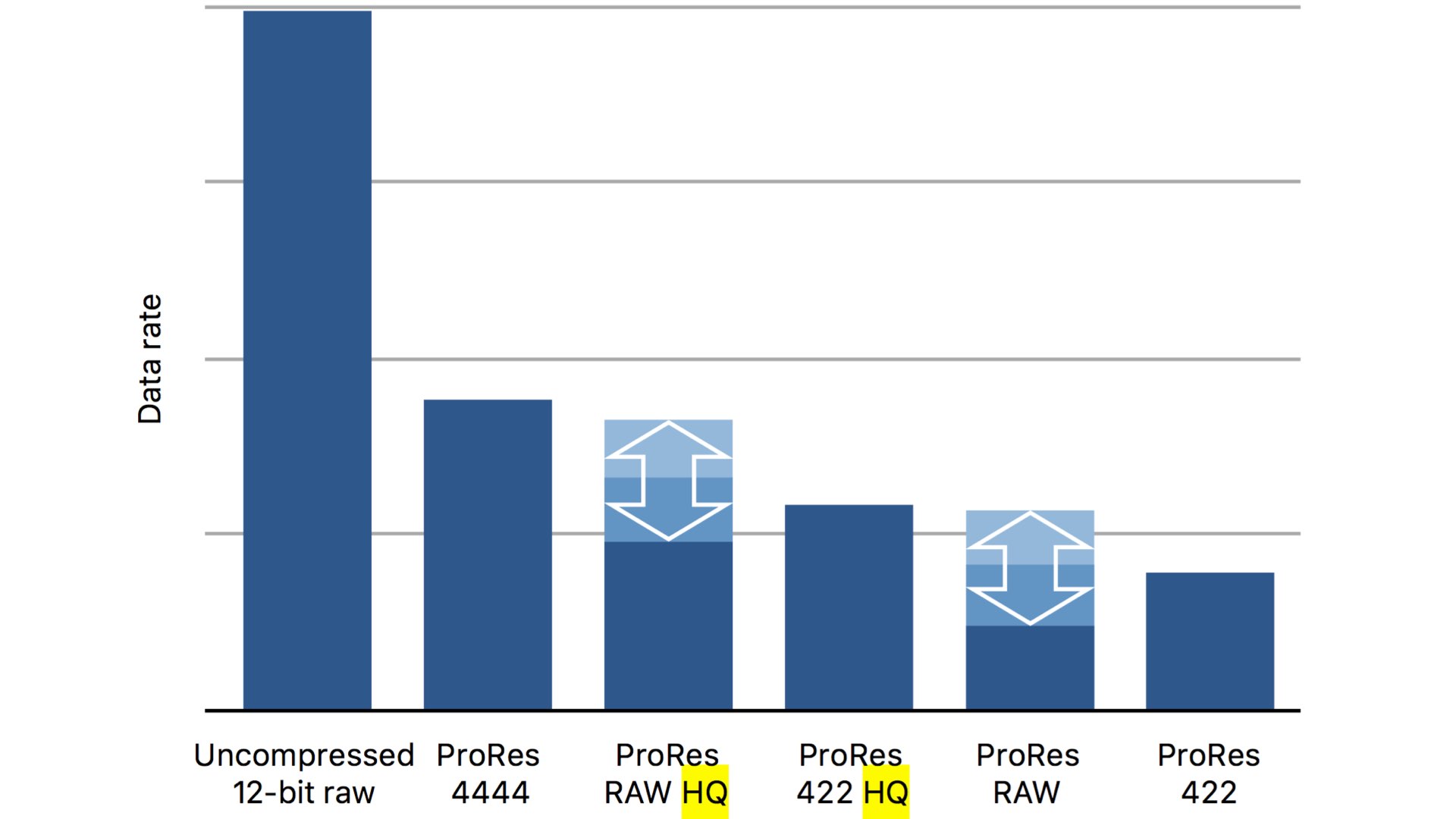
Atomos: Leading the ProRes RAW Expansion
Atomos has been the key enabler of ProRes RAW adoption across multiple camera brands. In Atomos ProRes RAW: Sony FX3 & ALEXA, we saw how even the Sony FX3—originally marketed as a hybrid mirrorless camera—was able to record ProRes RAW via Atomos. Similarly, with Nikon’s recent acquisition of RED, we may see even more innovation in compressed RAW formats, as discussed in Atomos Welcomes Nikon Acquisition of RED: Explosion of Innovation. Sony’s decision to enable ProRes RAW output on the a1 II suggests a growing industry shift toward external compressed RAW recording, particularly for filmmakers who demand high-quality, editable footage without the limitations of traditional compressed codecs.
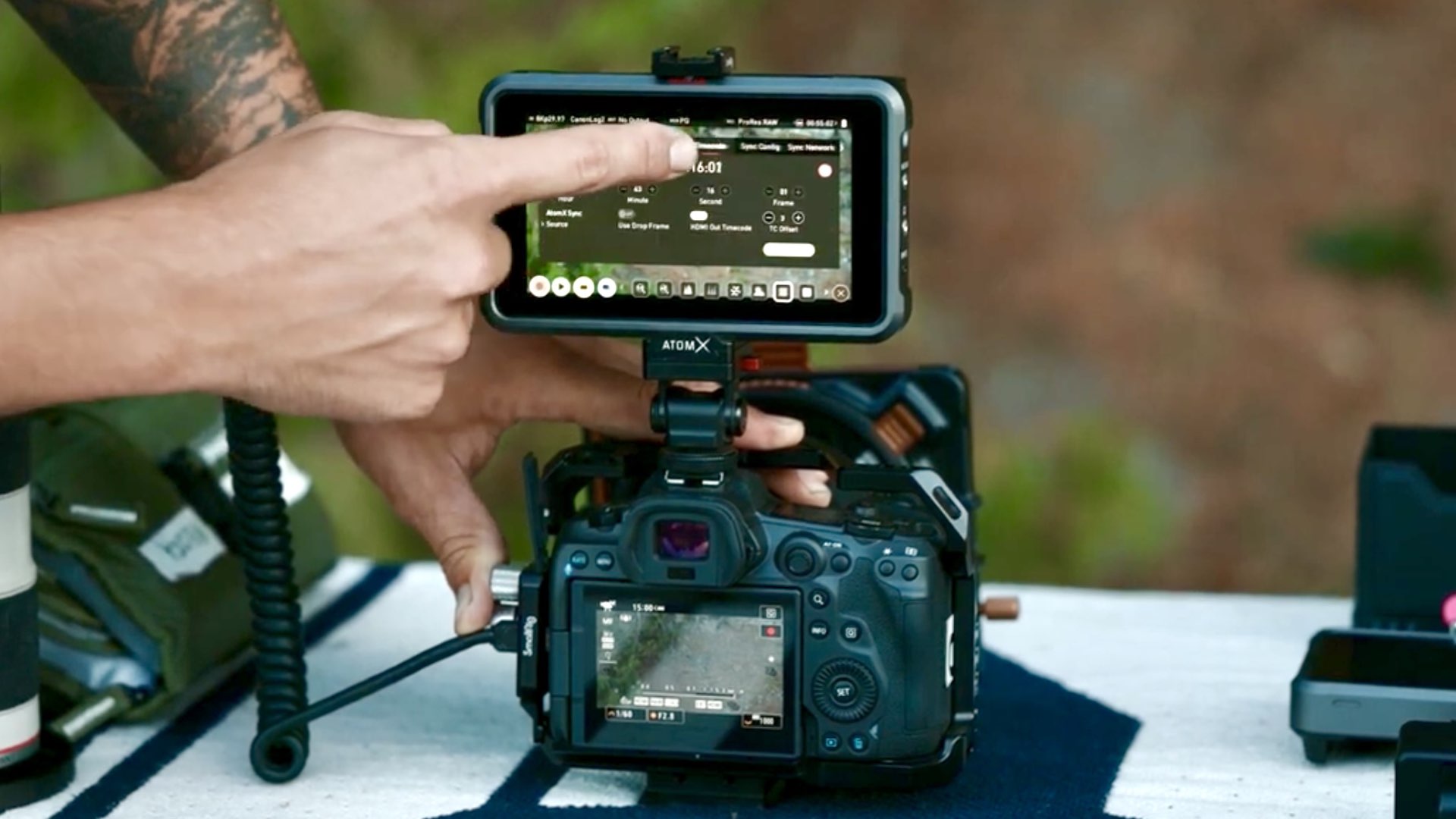
Final Thoughts: A Step Forward for the Sony a1 II
While the Sony a1 II initially disappointed some users who expected groundbreaking upgrades, this ProRes RAW support via Atomos adds real value to the camera. The ability to record high-quality RAW footage externally makes it a viable tool for professionals who need better image quality and greater flexibility in post-production. However, the lack of DaVinci Resolve support and the necessity of external recorders remain challenges. Despite these limitations, ProRes RAW continues to shape the industry, and the Sony a1 II now benefits from this evolution—even if it requires a third-party solution to do so. For filmmakers looking for compressed RAW solutions, Atomos remains the leader in unlocking ProRes RAW across multiple camera brands, further pushing the boundaries of what mirrorless cameras can achieve in professional cinematography.

